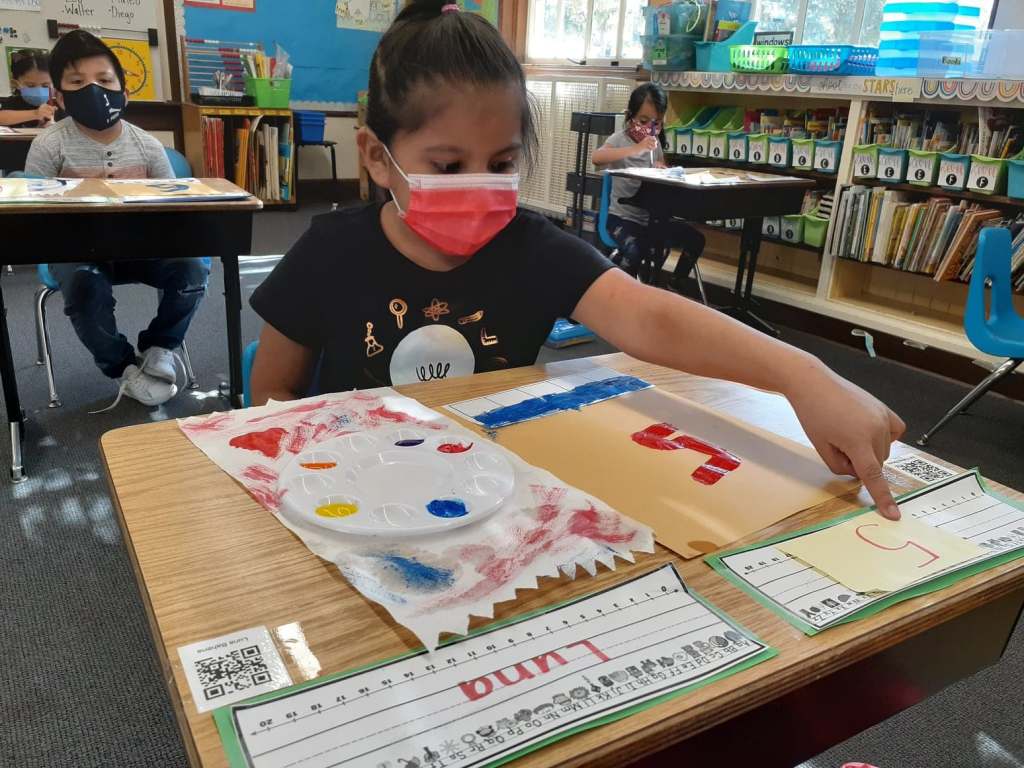For the first time in over two decades, Santa Barbara Unified will have a dual-language immersion (DLI) elementary school.
McKinley Elementary was selected as the campus for the district’s new DLI program to launch in the 2021-22 school year in kindergarten and each year thereafter will add the next grade.
It’s a 90:10 model, meaning that pre-K through first grade students spend 90 percent of instruction in Spanish and 10 percent in English. Over their elementary years, English instruction increases until 5th grade, when 50 percent of the day is spent in each language.
“We’re providing a gift to students to connect with cultures that they might have not connected to before,” said McKinley principal Elena Garcia-Yoshitomi. “They might be able to connect with their own culture in a way that wouldn’t have necessarily been supported at some point. There’s so much more to this than just literacy scores.”
Get the top stories in your inbox by signing up for our daily newsletter, Indy Today
Though boosting literacy is a critical goal for the school, DLI offers more. And everyone benefits, regardless of their native language.
“English-only students are going to not just become bilingual but really be able to connect with other communities,” said Maria Larios-Horton, executive director of diversity, equity, and family engagement programs at Santa Barbara Unified. “Out of all of that comes to this idea of a more empathetic student, a more aware student.
“Let’s say I don’t look like some of our other families; maybe my child has blonde hair and blue eyes,” she continued. “By the end of kindergarten, you’ll be able to see the children talking to one another in Spanish, singing together, talking together. It will bring tears to your eyes.”
Larios-Horton explained that bilingualism will help students in so many areas beyond reading. She said that bilingual students outperform monolingual students in creativity, attention to detail, switching between tasks, problem solving, and more. But why is it that despite overwhelming research, critics still say DLI programs produce poor test scores?
California has yet to catch up with creating a proper assessment for DLI. “At this time, we’re still measuring students’ achievement against a metric that was not designed for our students,” Larios-Horton said. She explained that the test in elementary schools will show DLI students are not up to speed with English-only students, but that’s only because they are carrying that double-linguistic load that is only going to reinforce their knowledge — but it won’t show up on tests until junior high.
Garcia-Yoshitomi said that her DLI staff have been working hard to prepare for the launch next fall. Cynthia Esquivel, a kindergarten teacher at McKinley, will teach kindergarten in the DLI program next fall.
“I always wanted to be a bilingual teacher,” Esquivel said. “I’m so excited. It’s going to build such deeper connections to the content for the kids… It’s like we are making history.”
To learn more about the DLI program, join one of the bilingual open house events here.

